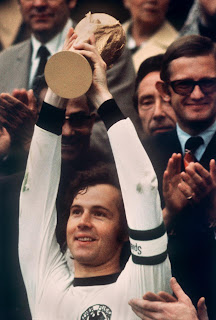
In 1728 Emperor Charles VI acquired Schoenbrunn, but used the estate only for shooting pheasants. The unfinished palace then became the dower residence of Wilhelmine Amalie, who had her walls hung with the portraits of noble horses which can still be seen today in the so-called Rösselzimmer (literally 'horse room'). The rebuilding of the riding school, which had also been destroyed by the Turks, was subject to similar delays it was only when the Winter Riding School in the Vienna Hofburg was built between 17, commissioned by Charles VI to a design by Joseph Emanuel Fischer von Erlach, that the riding school had a new home.

The construction of the lateral wings was delayed from 1701 owing to the War of the Spanish Succession and the attendant financial constraints, and came to a complete halt after Joseph's sudden death. The new edifice was partly built on the existing foundations of the château de plaisance that had been destroyed by the Turks.

In 1688 he presented the Emperor with a preliminary set of designs for a new palace, the so-called Schoenbrunn I-Project, and in 1693 Leopold I commissioned concrete plans for the construction of a grand hunting lodge, on which work started in 1696. Soon afterwards the architect Johann Bernhard Fischer von Erlach, an architect who had received his training in Rome and had been recommended by patrons from the nobility, arrived at court. His successor, Emperor Matthias, used the Katterburg estate for hunting, and according to a legend is supposed to have come across the Schöne Brunnen ('fair spring'), which eventually gave the estate its name, while on a hunting excursion in 1612. A few years earlier, Emperor Maximilian, brought up in the Spanish court with a keen interest in the natural world, had introduced the breeding of Spanish horses, and this practice had a significant influence on the building of the royal riding school in Vienna in 1572. This laid the foundations for an imposing residence and formal gardens as well as a deer park. In 1569 the estate came into Habsburg possession through Maximilian II, and according to the title deeds included a house, a watermill and stabling as well as a pleasure garden and an orchard. Over the following centuries the names of numerous tenants are documented, including a few prominent figures such as, in 1548, Hermann Bayer, who was mayor of Vienna and who extended the buildings, transforming the whole into a manorial estate. The whole estate was referred to as the Katterburg from the beginning of the 14th century and belonged to the manor of the monastery at Klosterneuburg.

The history of Schoenbrunn and the previous buildings that stood on this site goes back to the Middle Ages.


 0 kommentar(er)
0 kommentar(er)
